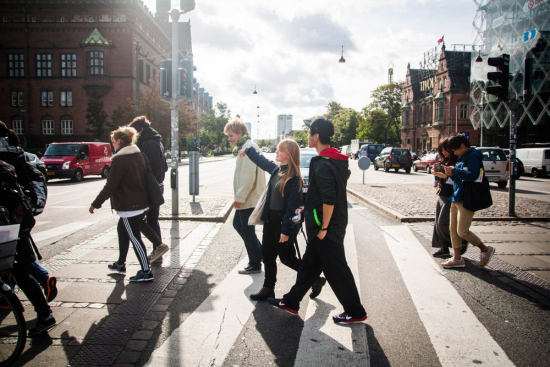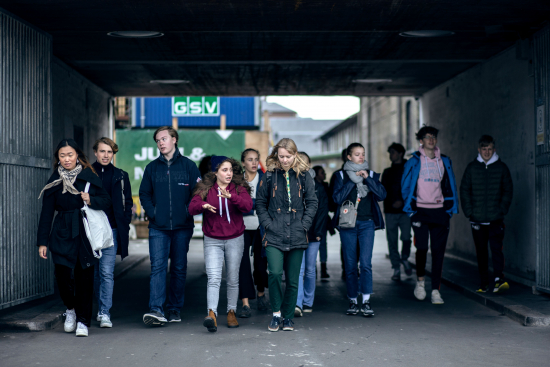Design and content
The Global Citizenship Programme is designed as a process that moves from the periphery with knowledge about citizenship and cultural understanding through to a virtual cooperation with a partner-school. This is combined with small cultural area studies towards the core of the project, which is the cultural meeting, the personal visit with the partners and, thereby, a meeting with the culture which they represent.
In terms of content, the concept is based on the following three dimensions:
- A formal/legal dimension, which focuses on the individual’s rights as a citizen in a democratic process.
- An active dimension, which focuses on the individual citizen’s responsibilities to society.
- An identity dimension, which focuses on the cohesion that is created by the political values in a society.
We have taken as our inspiration Wolfgang Klafki's three forms of formation:
- Material formation, which is built upon the meeting between the student and significant thinkers.
- Formal formation – knowledge about knowledge-processes and methodological approaches.
- Categorical formation, with its basis in the key issues of our epoch, and focus on the necessity of learning about, for instance, war and peace, nationalism, ecological problems, social inequality, and information and communication technology. The key issues of our age are important for every high school student because they develop the democratic formation ideals, which are highlighted in the recent reforms of upper secondary education in Denmark. It aims to strengthen students’ self-determination, participation in decision-making, and a sense of solidarity. At Rysensteen Gymnasium the democratic dimension is profiled through the Global Citizenship Programme .

